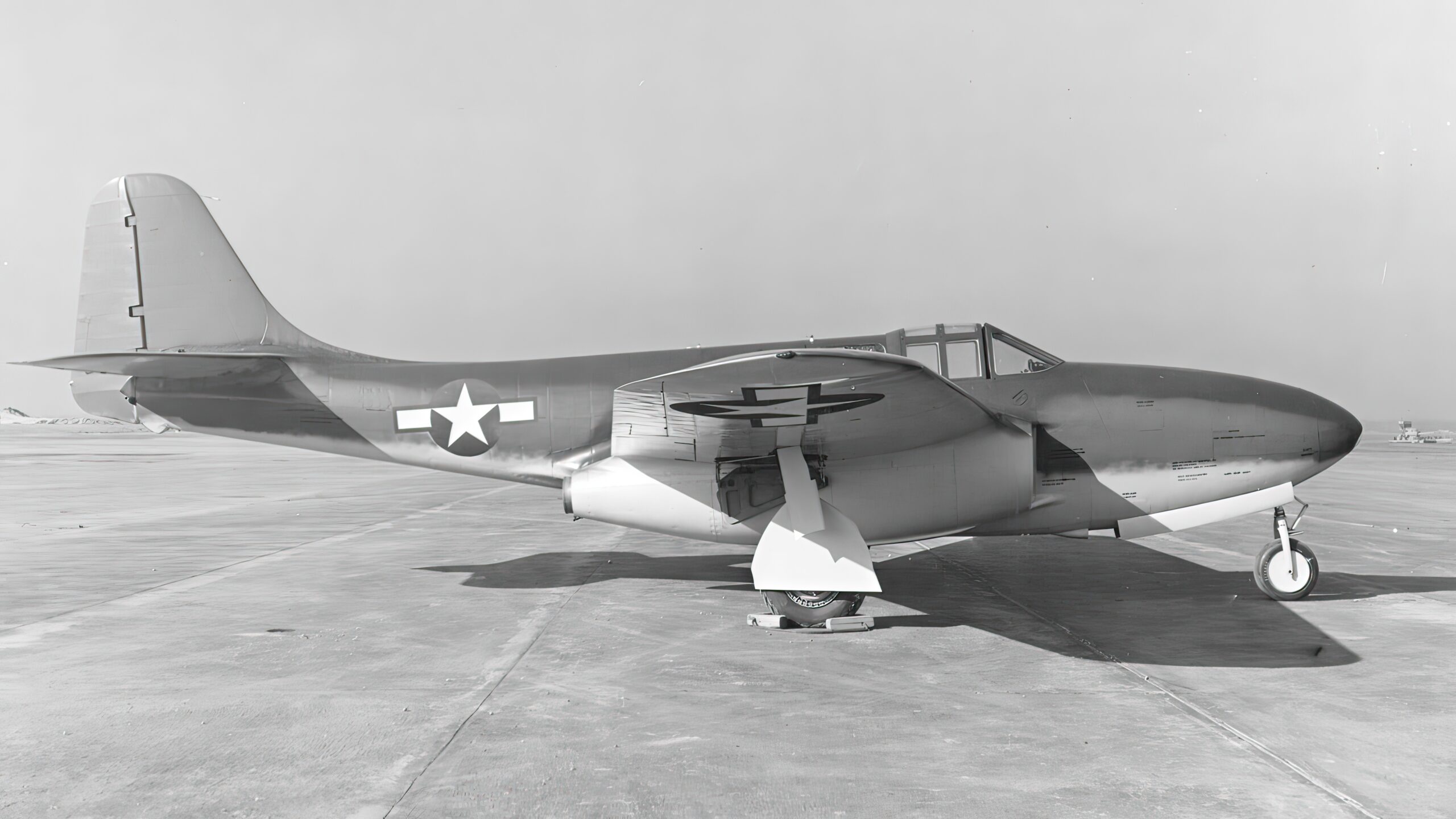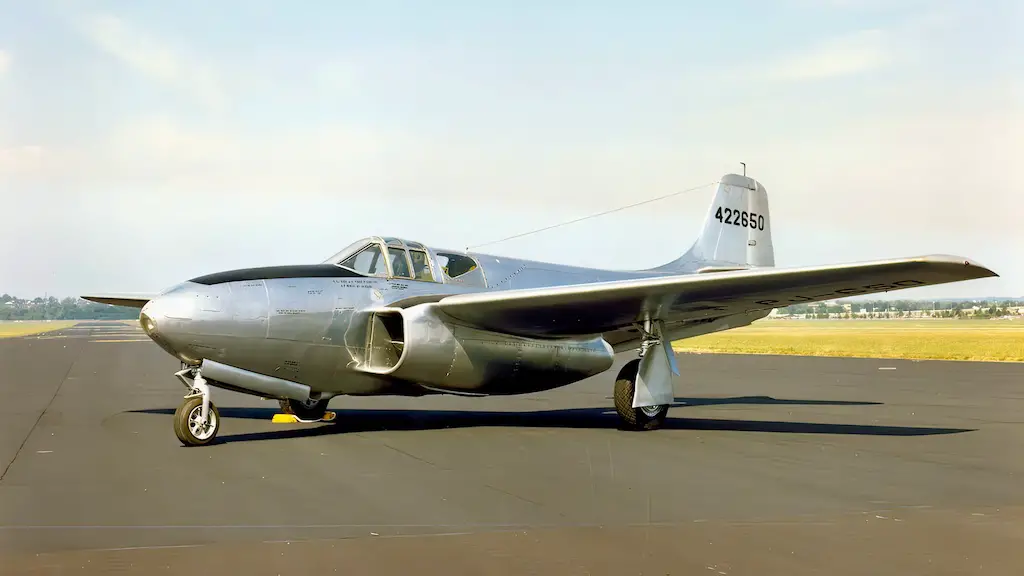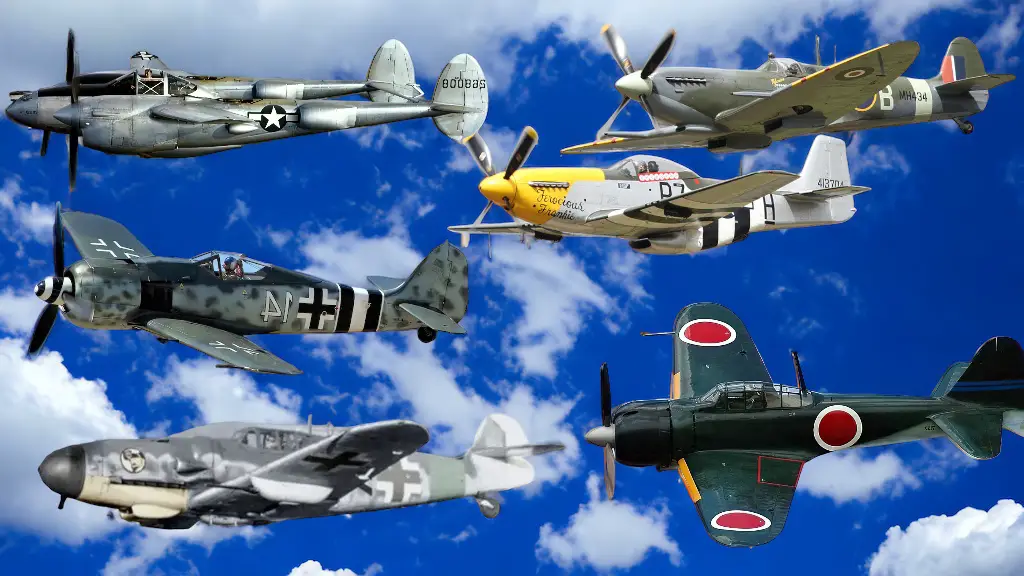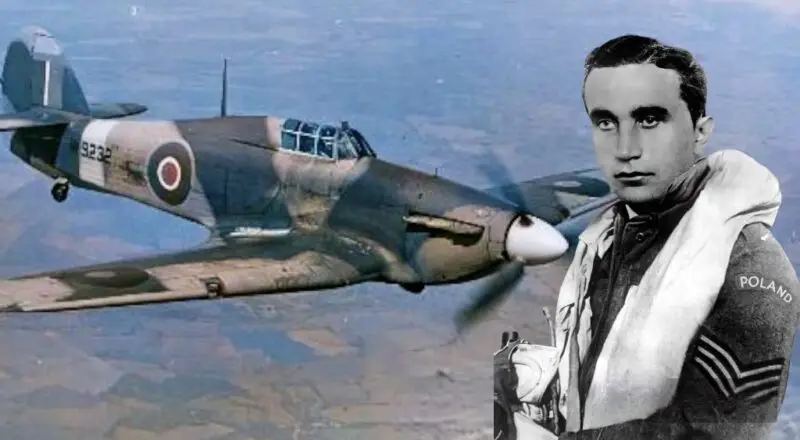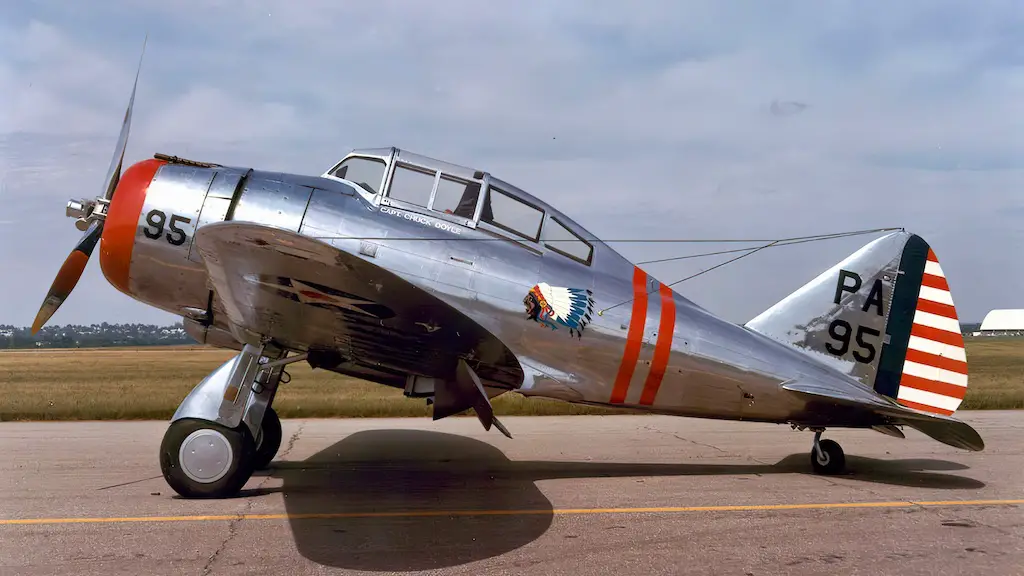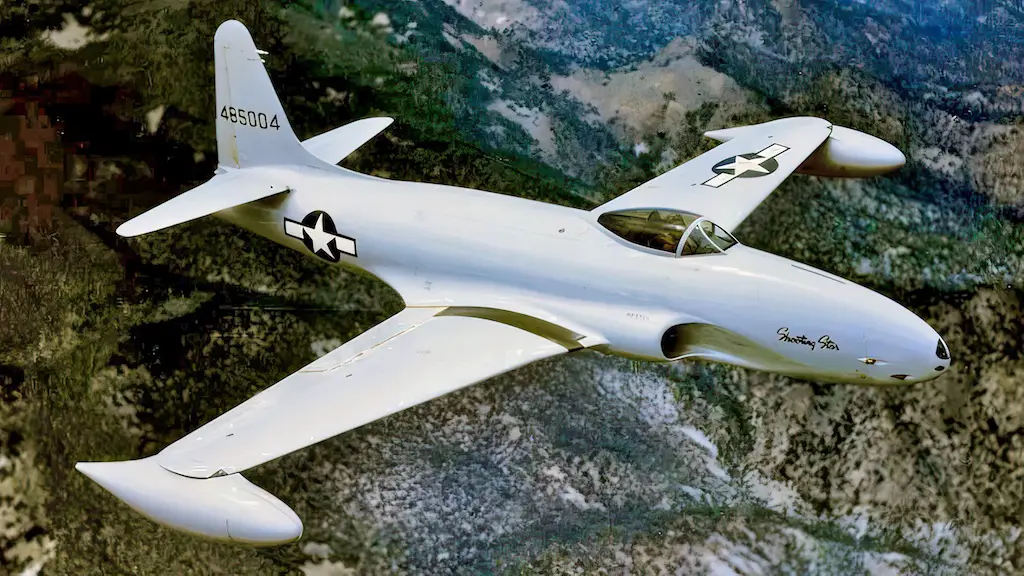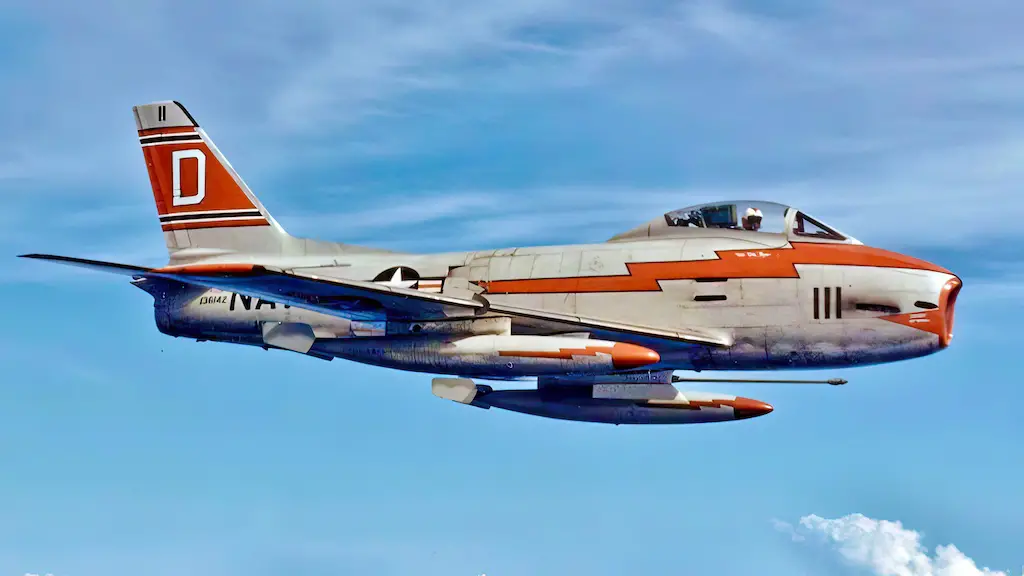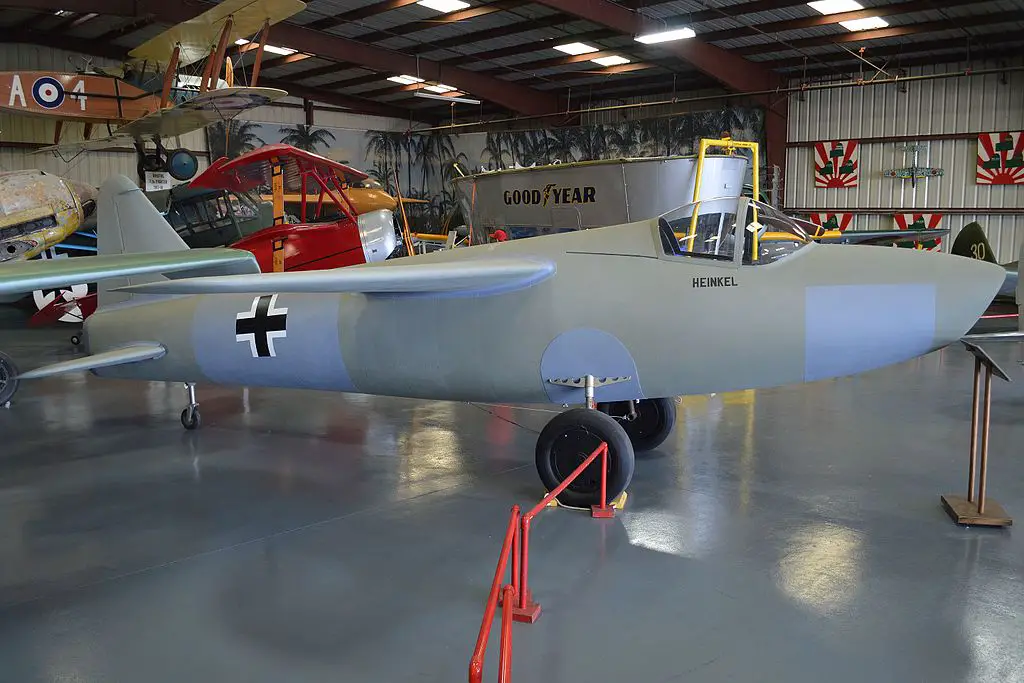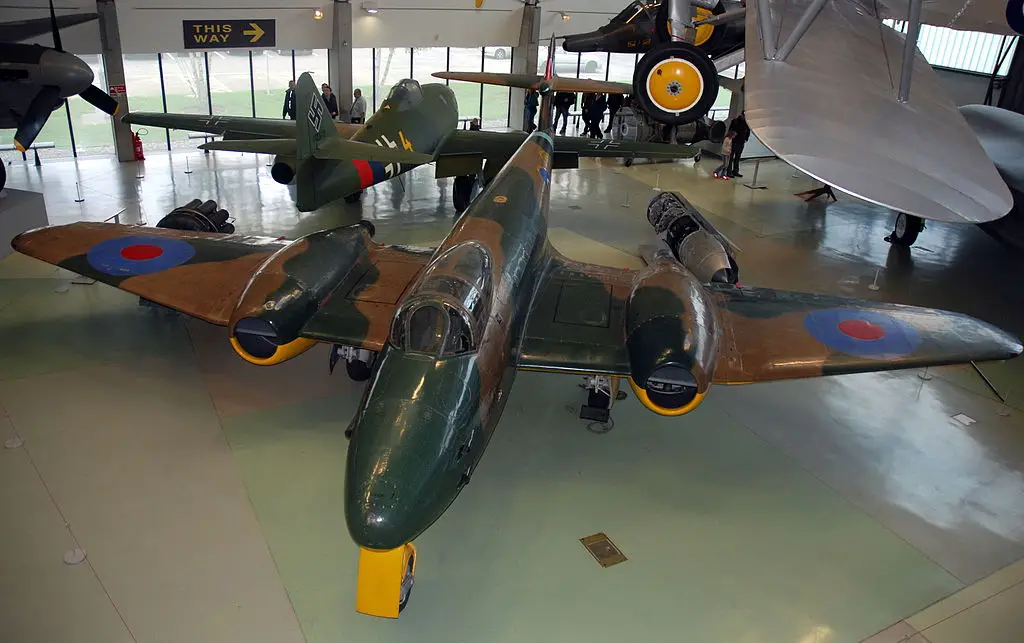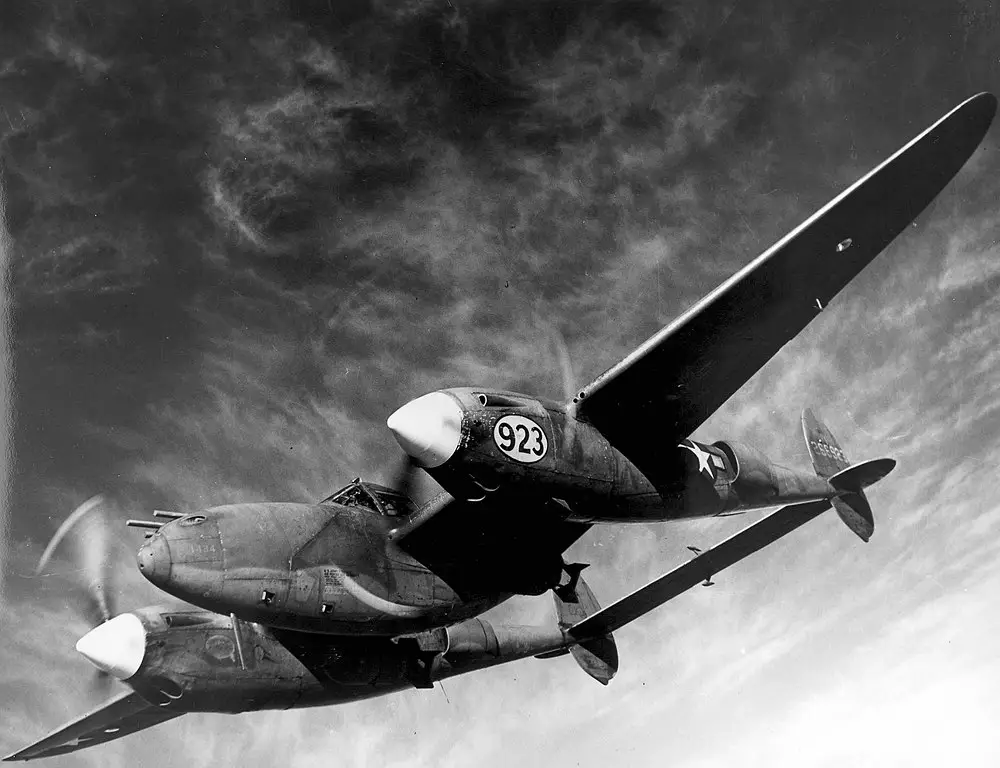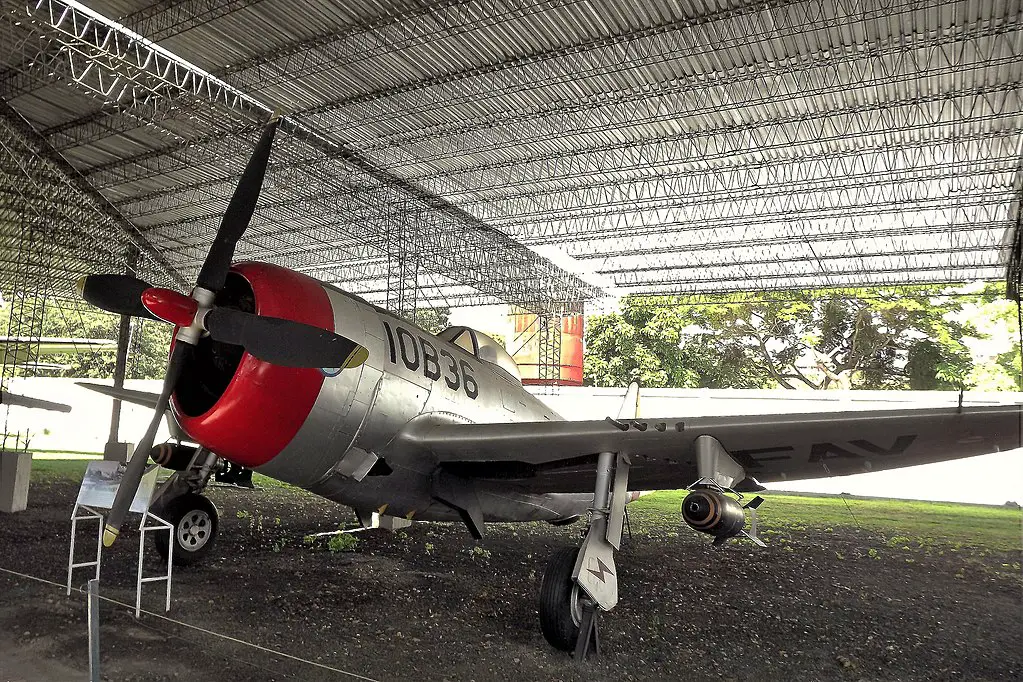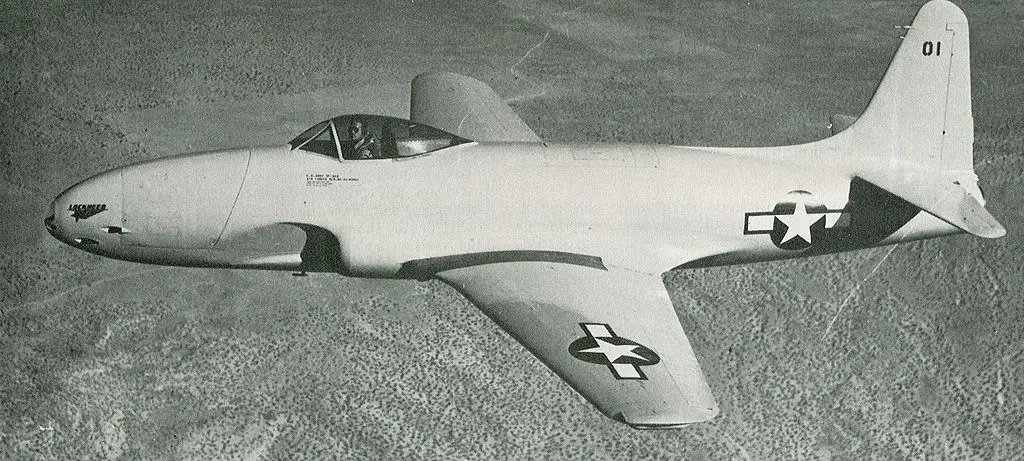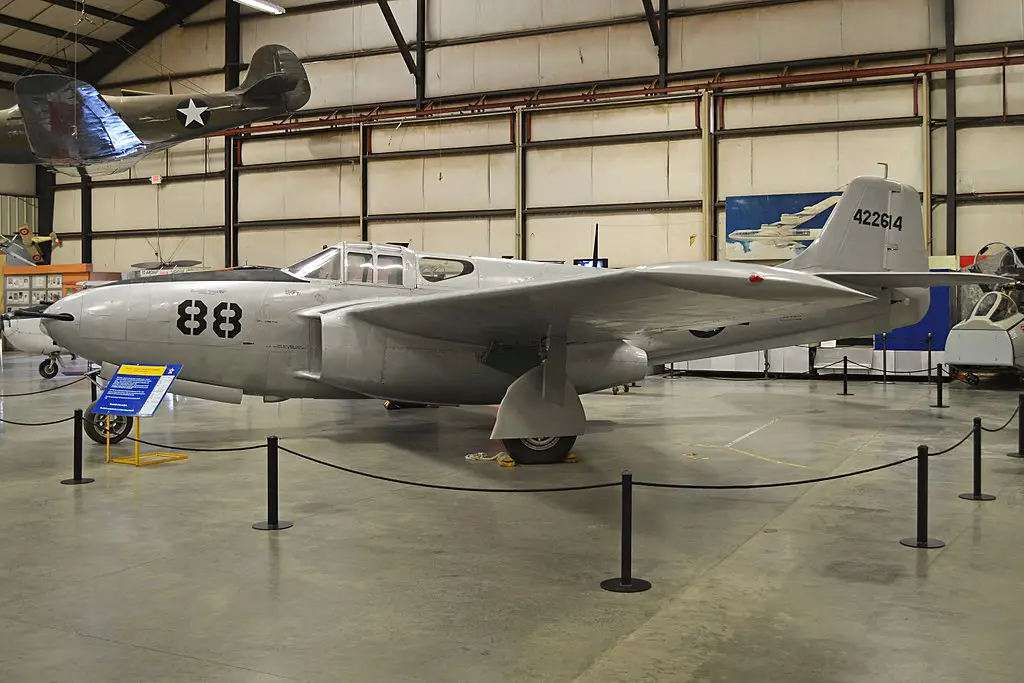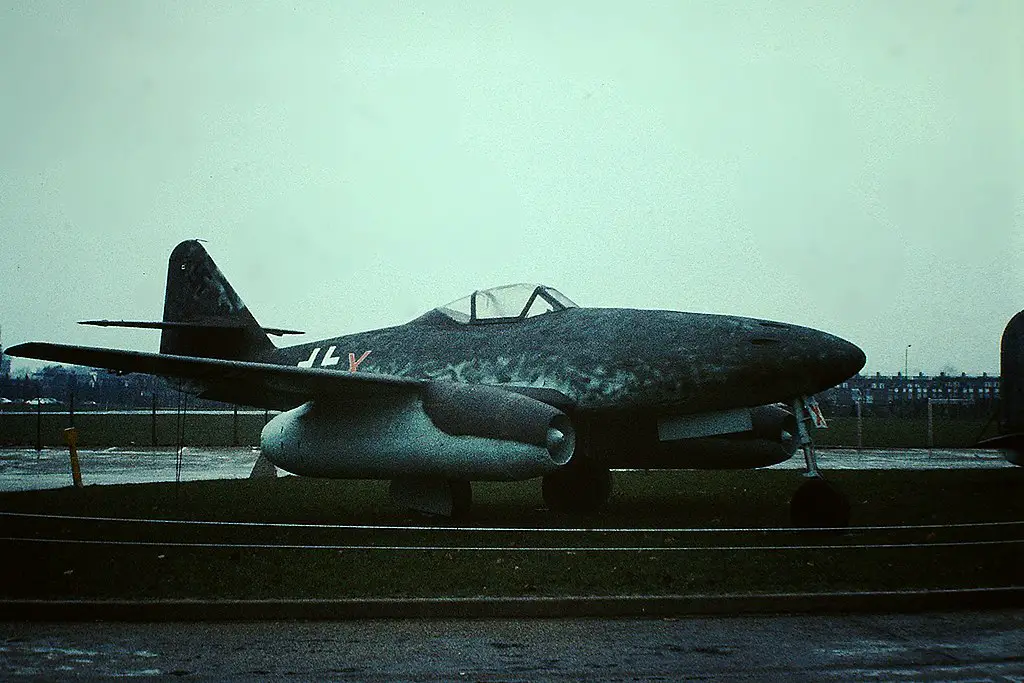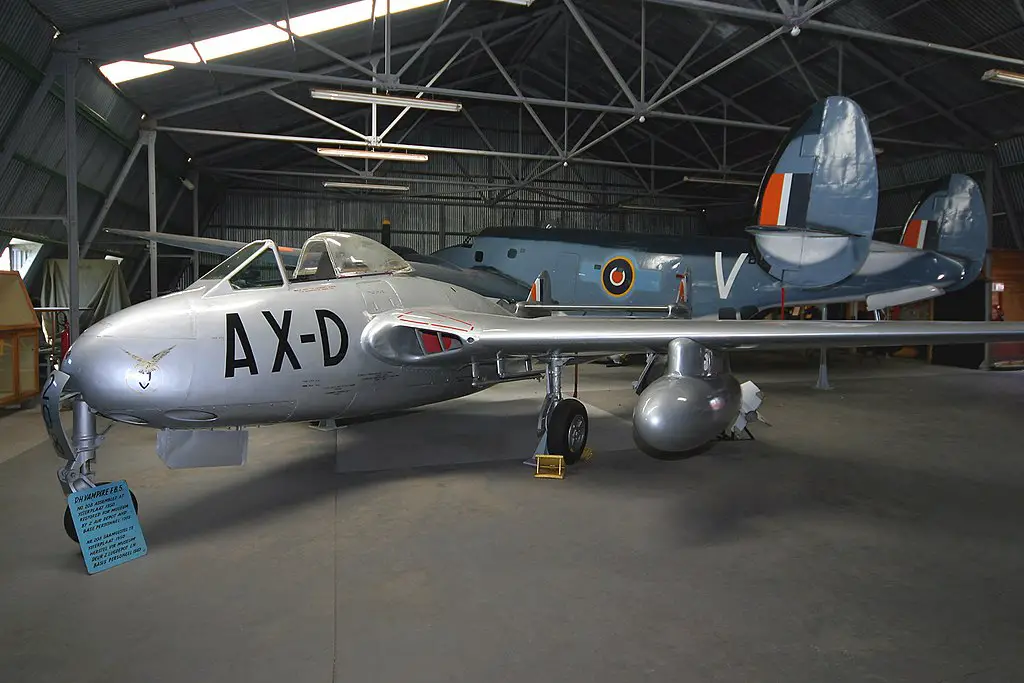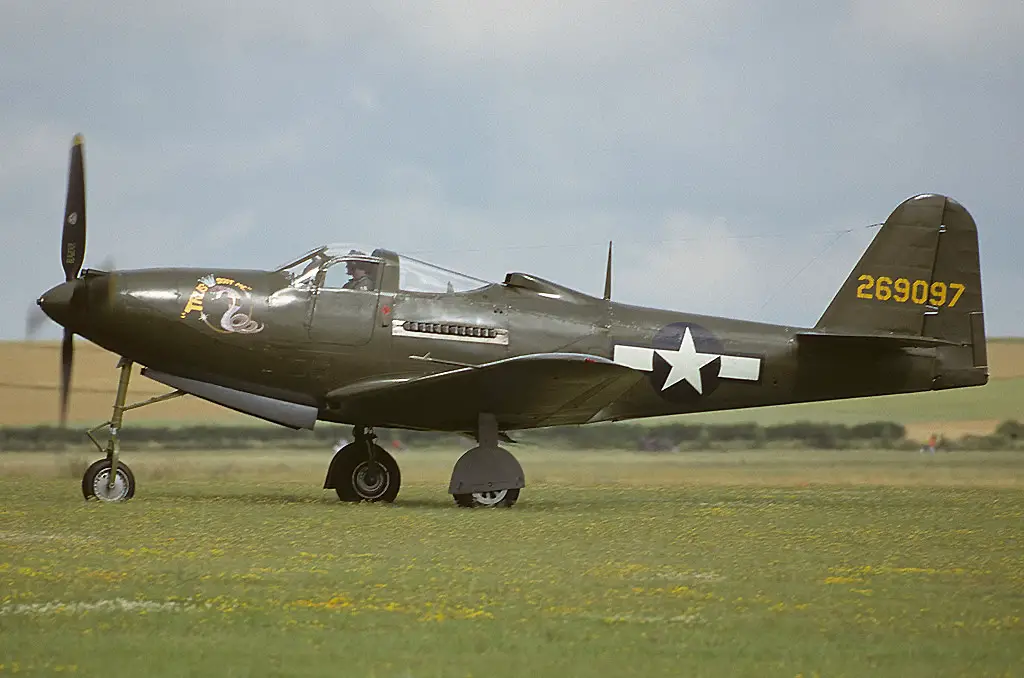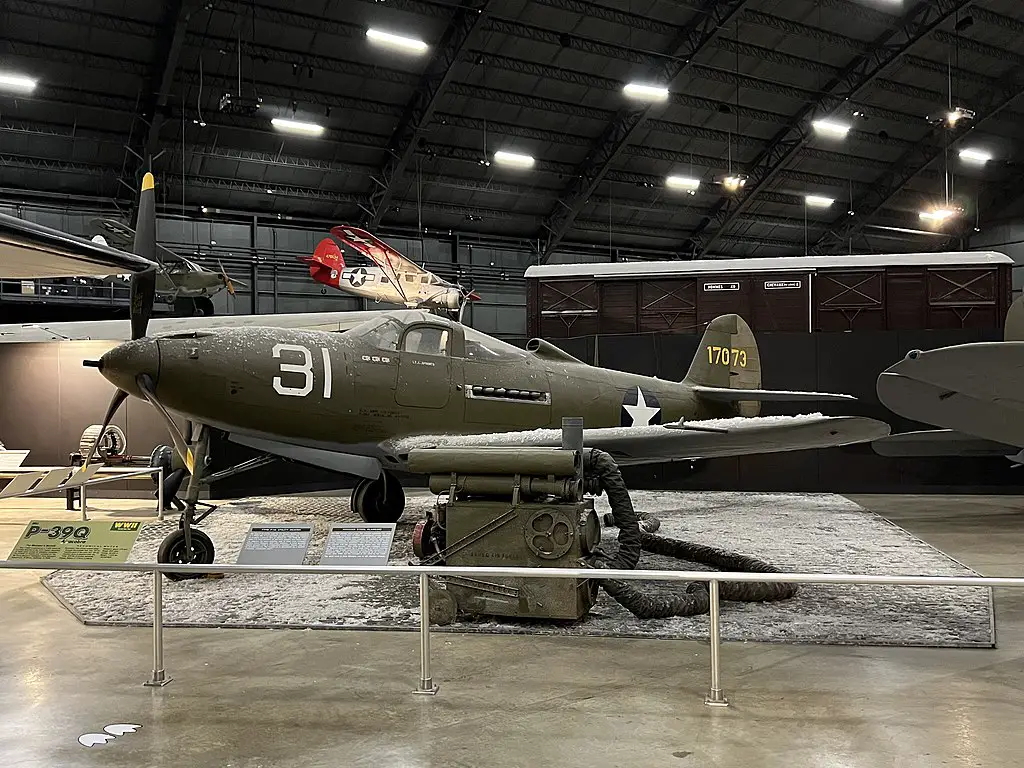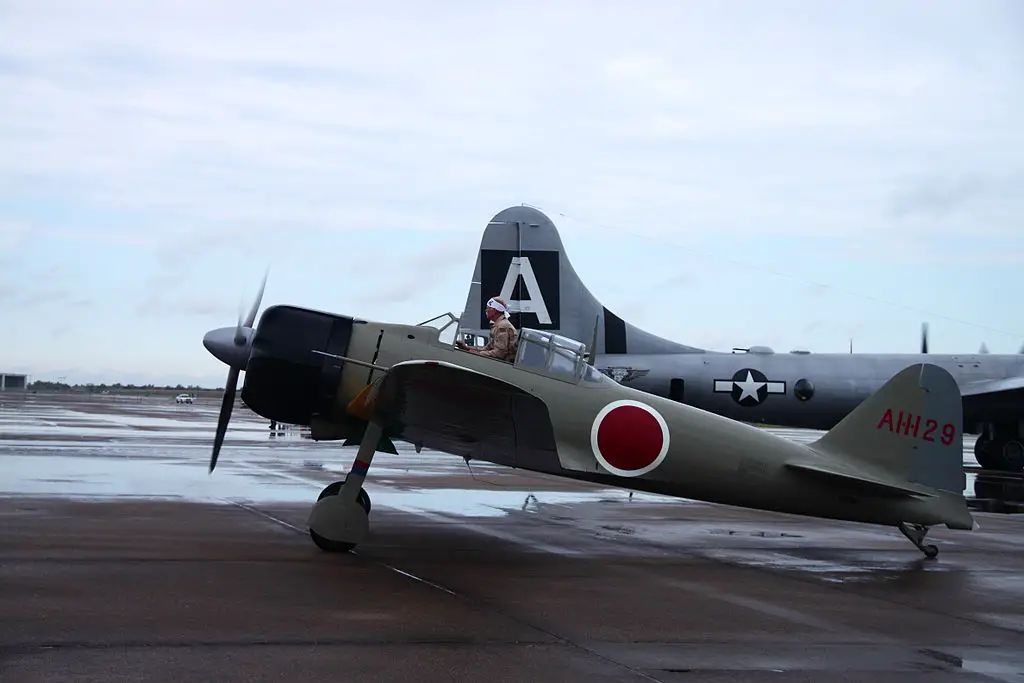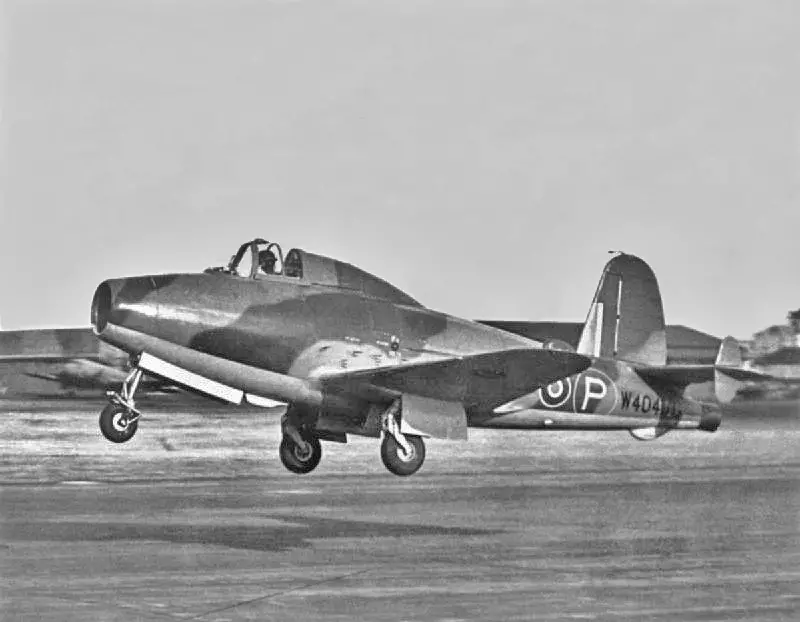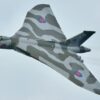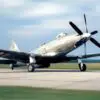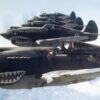In the mid-20th century, the United States very quickly became the global leader in designing, producing and fielding cutting-edge jet-powered fighter aircraft. But that wasn’t the trend from the beginning. In fact, the US was a latecomer to the jet race. The Germans pioneered jet propulsion in 1939 with the Heinkel He 178.
By 1942 they were actively testing the Messerschmitt Me 262. The British started research into jet propulsion as early as mid-1930s and flew Gloster G.40 in 1941. Soon they were working on two jet fighters, Gloster Meteor and de Havilland Vampire. The USAAF figured it was high time for a fighter jet made in USA.
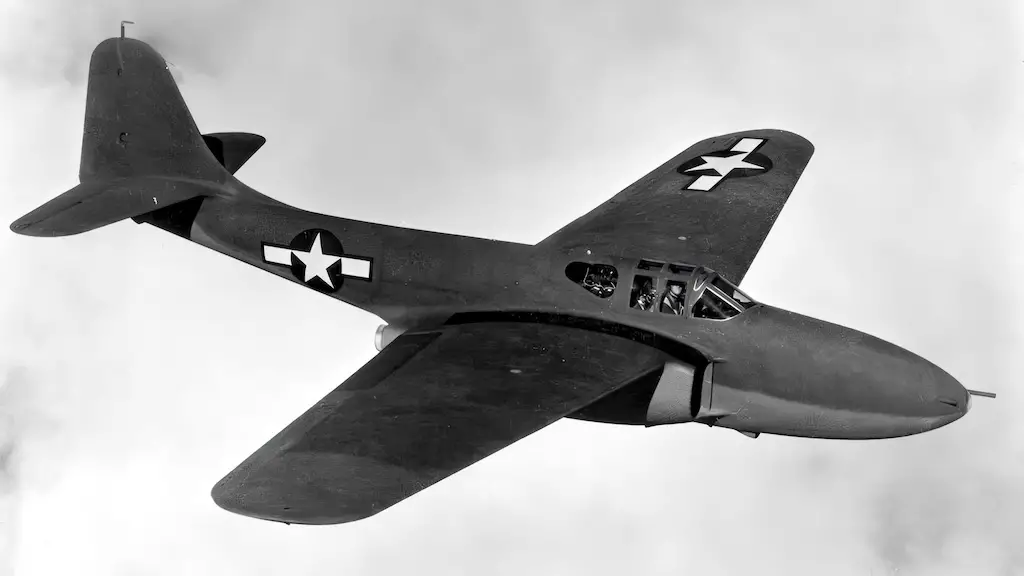
A gift from Britain
To speed things up the Americans asked the British to share their jet engine technology. The British complied with the requested, donating the Whittle W.1X turbojet and providing assistance from its producer, Power Jets company. It was the same engine model that powered the Gloster G.40 experimental aircraft.
In the US contract for production of the engine was awarded to General Electric. Using the donated Whittle W.1X specimen and plans of a more advanced Power Jets W.2B, which the British also provided, the company built and tested General Electric I-A engine. Its production version received the General Electric J31 designation.
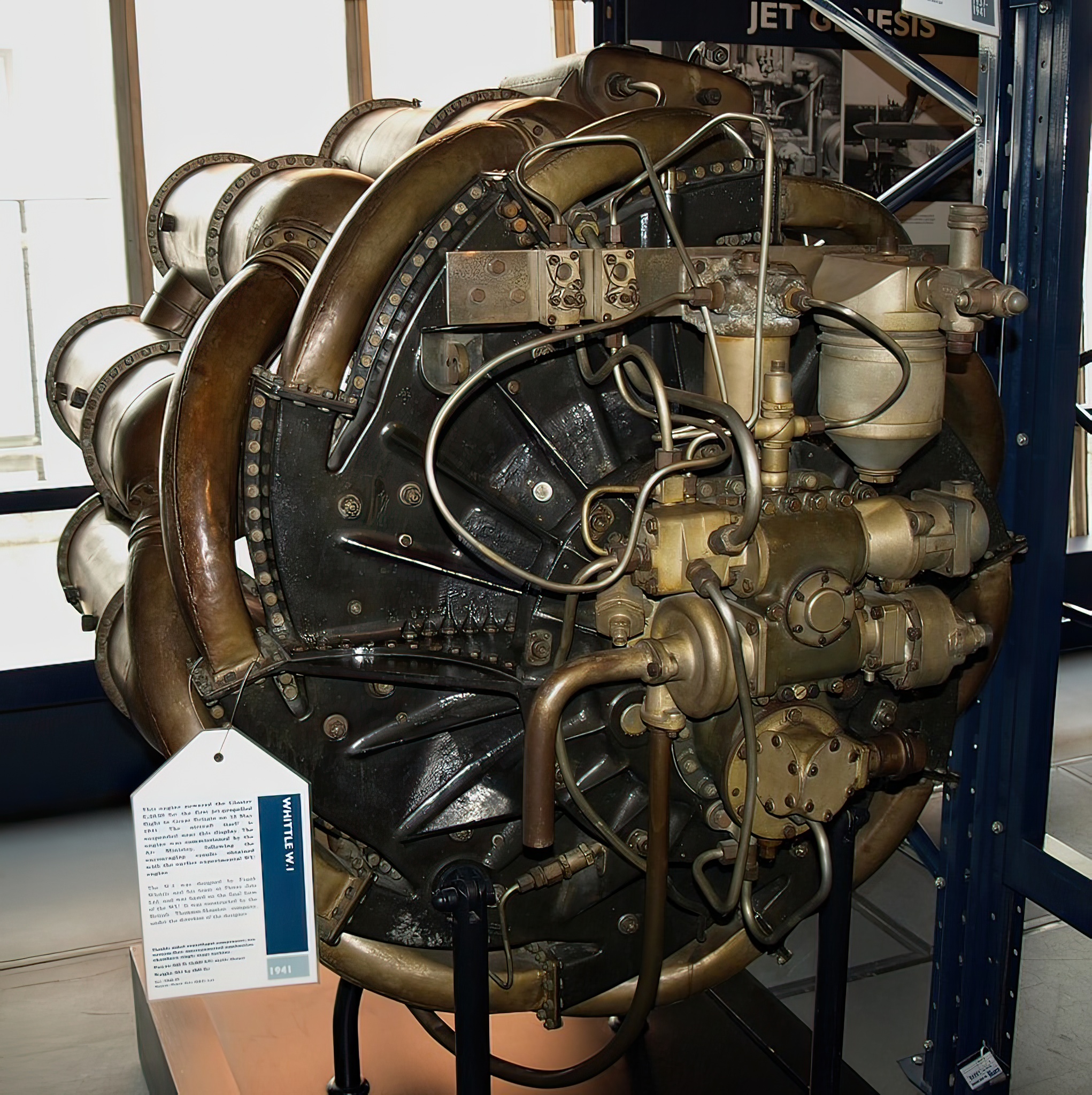
Bell gets the job
As for the airframe, USAAF contracted its construction to Bell Aircraft. The company worked quickly and finalized the design by early January 1942 and built the first prototype by the fall of the same year. Apart from the use of a pair of turbojets instead of a single piston engine, the Airacomet didn’t differ much from Bell’s other fighter designs of the time, such as P-39 Airacobra and P-63 Kingcobra. The P-59’s armament consisted of three .50 cal. machine guns and one 37 mm cannon.
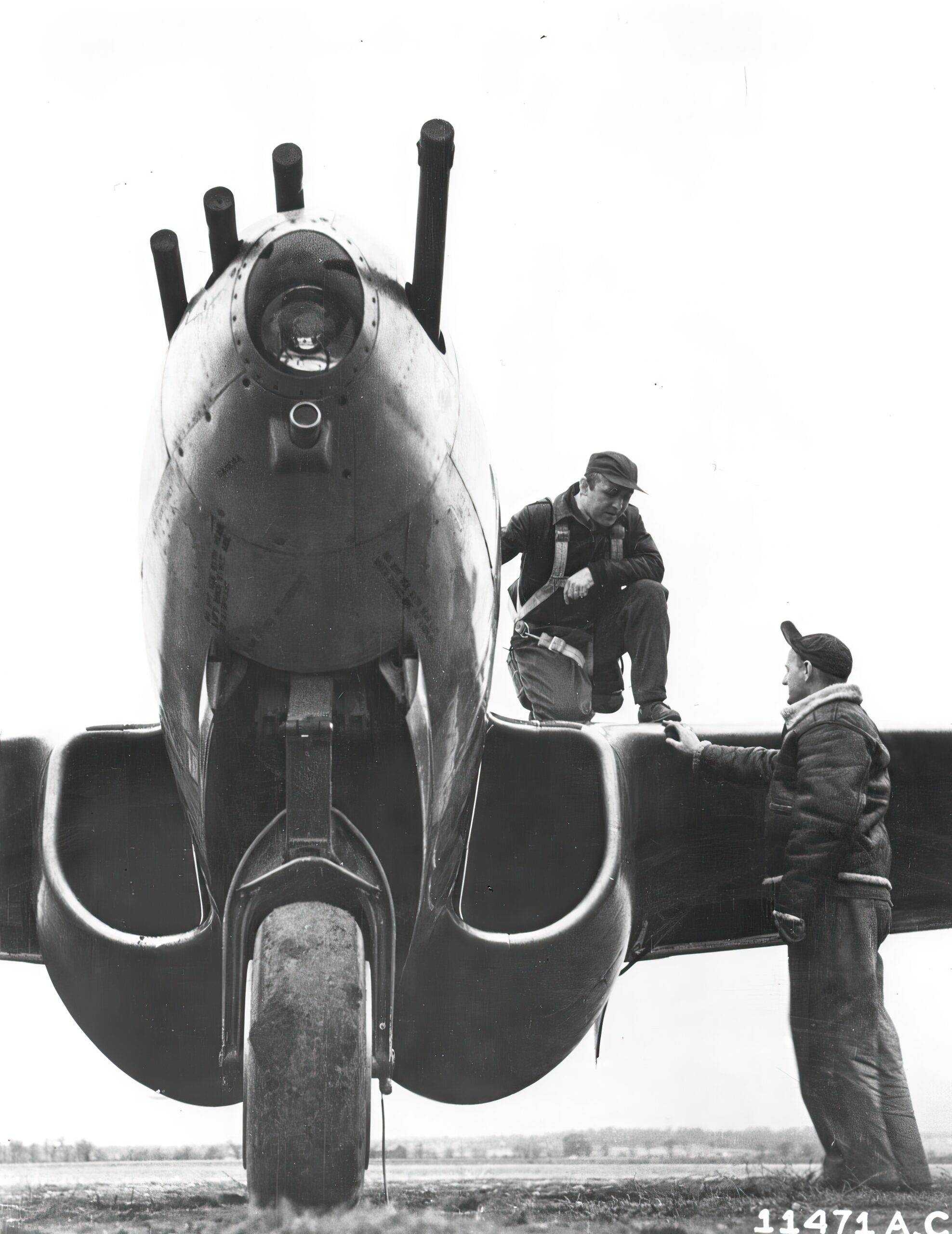
A jet in disguise
For the sake of secrecy, the project received the XP-59A designation. As if it was a development of the previously abandoned XP-59 concept, which was a completely different fighter design featuring contra-rotating pusher propellers and twin tail-booms. Construction of the prototypes took place at a separate facility amid heightened security measures. In a continuation of that policy, the prototype aircraft even received wooden dummy propellers for use while on the ground. US government told the general public about the plane’s existence only in 1943, after it completed first 100 flights.
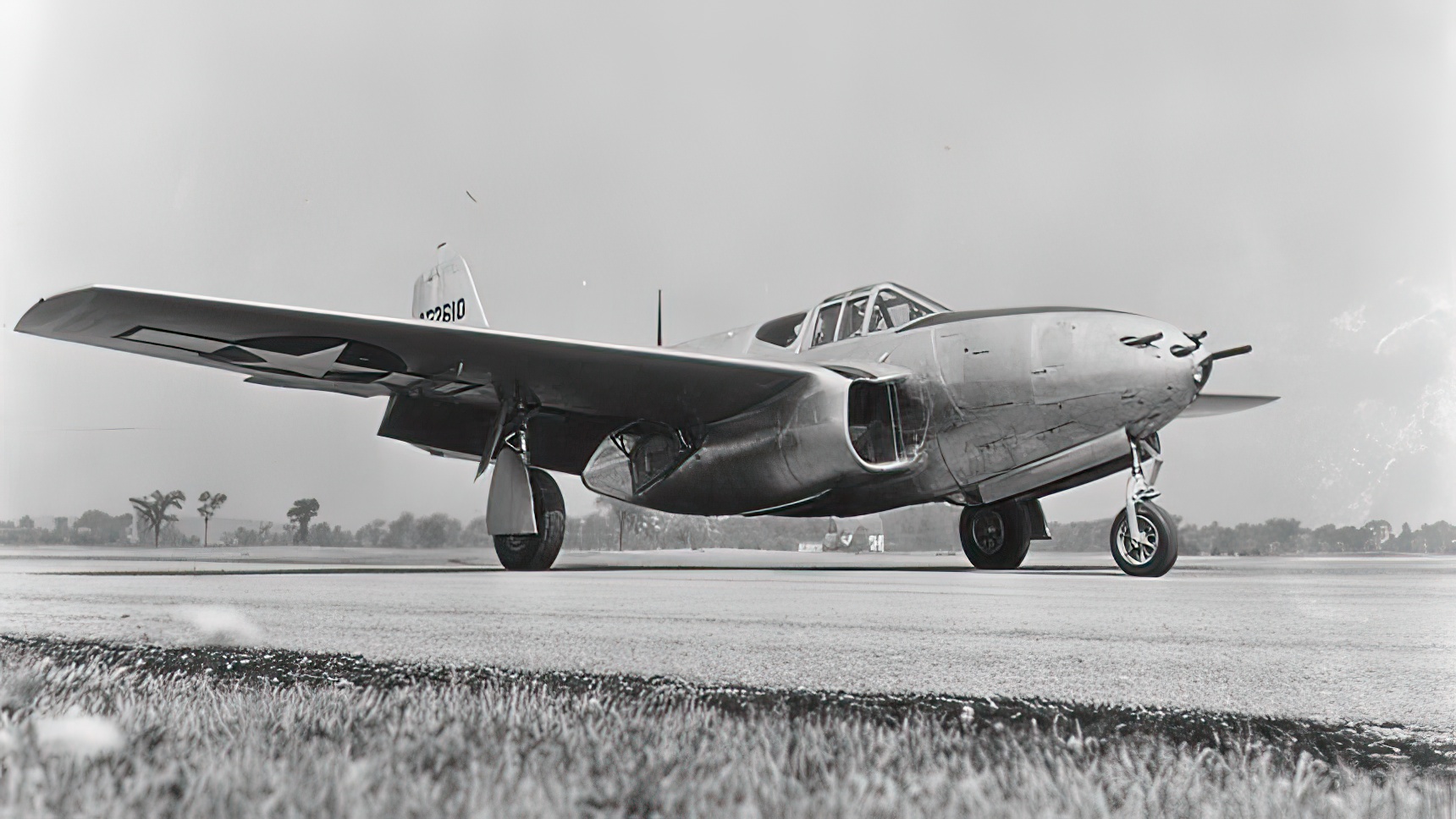
Not good enough
The Airacomet first flew in October 1942. It was immediately obvious that the aircraft was significantly underpowered. It also suffered from insufficient lateral stability during rolls and tended to yaw and sway. The P-59’s combat trials involving Lockheed P-38 Lightning, Republic P-47 Thunderbolt, and a captured Mitsubishi Zero proved it to be inferior to top piston engine fighters of the time. One Airacomet was also evaluated by British pilots who had already flown the Meteor. They, too, found the P-59’s performance unsatisfactory.
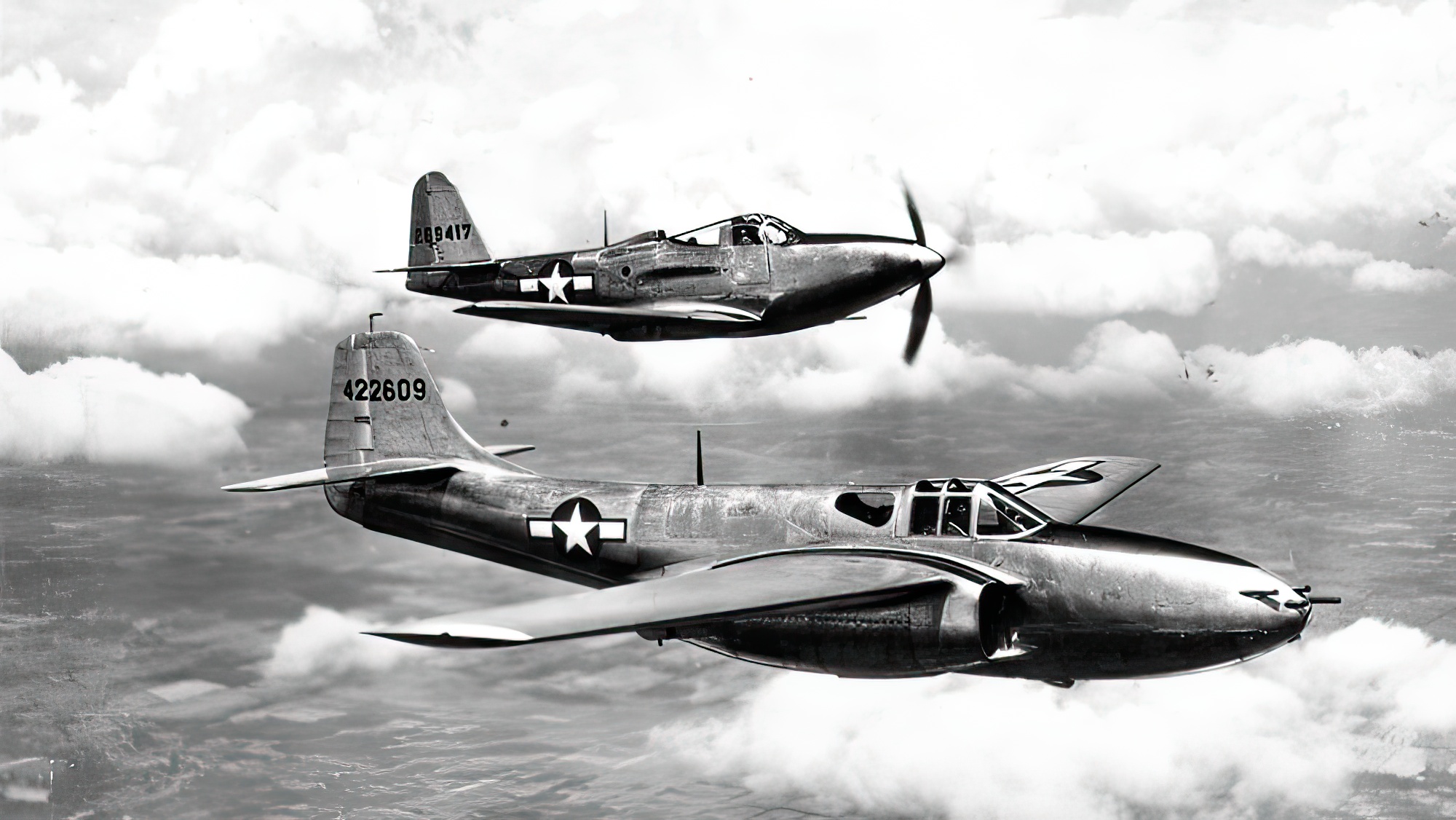
The USAAF had been so enthusiastic about the jet at the start that it had ordered 13 pre-production aircraft even before the prototypes were ready. That was followed by a contract for 100 production P-59s. When the USAAF saw that the machine was not as good as expected, that contract was cut to mere 50 planes. In January 1944, Lockheed P-80 Shooting Star made its first flight and soon it was clear that it was the P-80’s, not the P-59’s destiny to become USAAF’s first operational jet fighter.
As for a few dozen P-59s that had rolled off the production line, they served as trainer aircraft allowing pilots to familiarize themselves with specifics of handling jet aircraft. Several of those are currently on display in various aviation museums across the United States.
